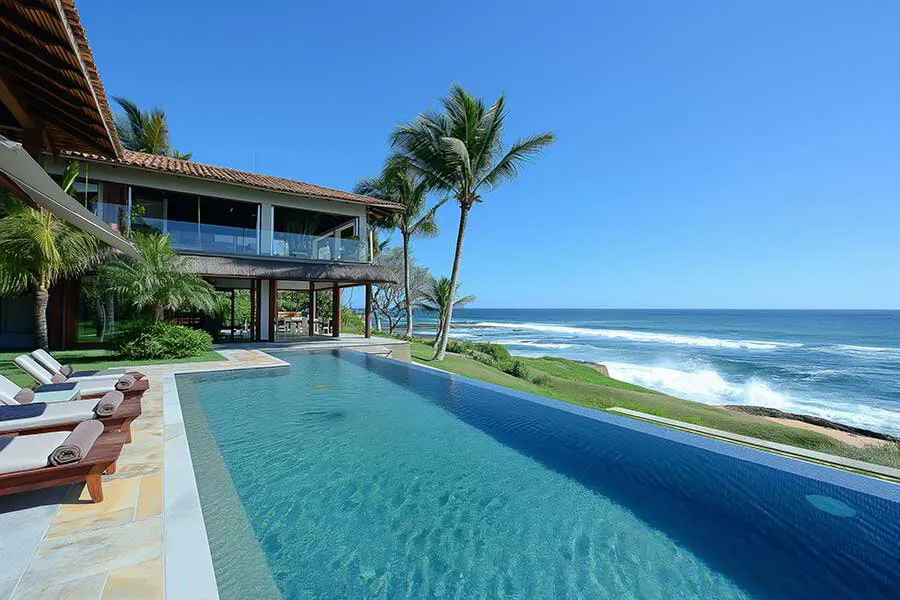How Hawaiian Culture Influences Pool Design and Landscaping Choices
Hawaiian culture, with its deep-rooted traditions and profound connection to nature, significantly influences pool design and landscaping in Honolulu. For homeowners and resorts alike, understanding and integrating these cultural elements into their outdoor spaces not only enhances aesthetic appeal but also pays homage to the rich heritage of the islands. By embracing Hawaiian culture, pool design and landscaping choices reflect the unique spirit and beauty of Hawaii, creating serene and culturally meaningful environments.
The Use of Native Plants, Materials, and Design Elements to Create a Sense of Place
One of the primary ways Hawaiian culture shapes pool design and landscaping is through the use of native plants, materials, and design elements. Native plants, such as hibiscus, plumeria, and ti leaves, are commonly incorporated to create lush, tropical landscapes that evoke the natural beauty of the islands. These plants not only thrive in Hawaii's climate but also hold cultural significance, often used in traditional ceremonies and lei-making. Utilizing locally sourced materials, such as lava rock and coral, in pool construction and surrounding features like pathways and retaining walls, further enhances the sense of place. Additionally, design elements inspired by traditional Hawaiian art and architecture, such as tiki torches, thatched-roof structures, and carved wooden accents, contribute to an authentic Hawaiian ambiance.
Tips for Homeowners and Resorts on Respecting and Honoring Hawaiian Traditions in Pool Design
For homeowners and resorts seeking to respect and honor Hawaiian traditions in their pool design, several key tips can ensure cultural sensitivity and appreciation. First, consulting with local cultural advisors or experts can provide valuable insights and guidance on appropriate design elements and practices. Incorporating storytelling into the design, through features like murals or plaques that explain the cultural significance of certain plants or structures, can educate and engage visitors. Moreover, maintaining a sustainable and eco-friendly approach to landscaping aligns with the Hawaiian value of malama ?aina (caring for the land). This includes using water-efficient irrigation systems, choosing drought-tolerant native plants, and minimizing chemical use to protect the natural environment.
In conclusion, the impact of Hawaiian culture on pool design and landscaping in Honolulu is profound and multifaceted. By integrating native plants, locally sourced materials, and culturally significant design elements, homeowners and resorts can create beautiful, meaningful outdoor spaces. Respecting and honoring Hawaiian traditions not only enriches the aesthetic and cultural value of these environments but also fosters a deeper connection to the islands' heritage. Embracing these principles ensures that pool designs are not only visually appealing but also culturally respectful and sustainable, celebrating the unique essence of Hawaii.

